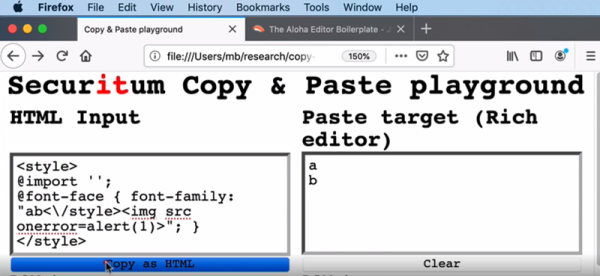AMD Epyc processors support Secure Encrypted Virtualization (SEV), a technique that prevents even a hypervisor reading memory belonging to a virtual machine. To pull this off, the encryption and decryption is handled on the fly by the Platform Security Processor (PSP), which is an ARM core that handles processor start-up and many security features of modern AMD processors. The vulnerability announced this week is related to the encryption scheme used. The full vulnerability is math heavy, and really grokking it requires a deeper understanding of elliptical curve cryptography (ECC) than your humble author currently possesses.
During the process of starting a virtual machine, the VM process goes through a key-sharing process with the PSP, using an ECC Diffie-Hellman key exchange. Rather than raising prime numbers to prime exponents, an ECC-DH process bounces around inside an elliptical curve in order to find a shared secret. One of the harder problems to solve when designing an ECC based cryptographic system, is the design of the curve itself. One solution to this problem is to use a published curve that is known to be good. AMD has taken this route in their SEV feature.
The attack is to prime the key exchange with invalid data, and observing the shared key that is generated. A suitably simple initial value will leak information about the PSP’s secret key, allowing an attacker to eventually deduce that key and decrypt the protected memory. If you’d like to bone up on invalid curve attacks, here’s the seminal paper. (PDF)
OpenSSH Shielding
[Damien Miller] of OpenSSH was apparently tired of seeing that project tied to vulnerabilities like Rambleed and Rowhammer, so added a technique he’s calling key-shielding. OpenSSH now encrypts private keys in memory using a 16 kB pre-key. While an attacker with full knowledge of the process’s memory wouldn’t be deterred, the error rate of Rambleed and similar attacks is high enough that the 16 kB of randomness is likely to thwart the attempt to recover the secret key.
Firefox and Coinbase
We mentioned Firefox vulnerabilities and updates last week, and as anticipated, more information is available. [Philip Martin] from Coinbase shared more information on Twitter. Coinbase employees, as well as other cryptocurrency companies, were targeted with fishing emails. These lured employees to a malicious page that attempted to exploit a pair of Firefox vulnerabilities. Coinbase has a security system in place that was able to prevent the exploit, and their security team was able to reverse engineer the attack.
The first vulnerability has been dissected in some detail by a Google security researcher. It’s a weakness in Firefox’s Javascript engine related to type handling. An object is created with one data type, and when that data is changed to another type, not all the data handlers are appropriately updated. Under the hood, a value is assumed to be a pointer, but is actually a double-length value, controlled by the attacker.
The second vulnerability is in the functions used to prompt for user interaction. Specifically the call to “Prompt:Open” isn’t properly validated, and can result in the un-sandboxed Firefox process loading an arbitrary web location. I suspect the sandbox escape is used to run the initial exploit a second time, but this time it’s running outside the sandbox.
Odds and Ends
[Tom] wrote a great intro into how to Impersonate The President With Consumer-Grade SDR, go check it out!
Another city, more ransomware. Riviera Beach, Florida was hit with a ransomware attack, and paid $600,000 in an attempt to get their data back. For a city of 35,000 inhabitants, that’s $17.14 in ransom per man, woman, and child. According to the linked article, though, the city was insured.
















